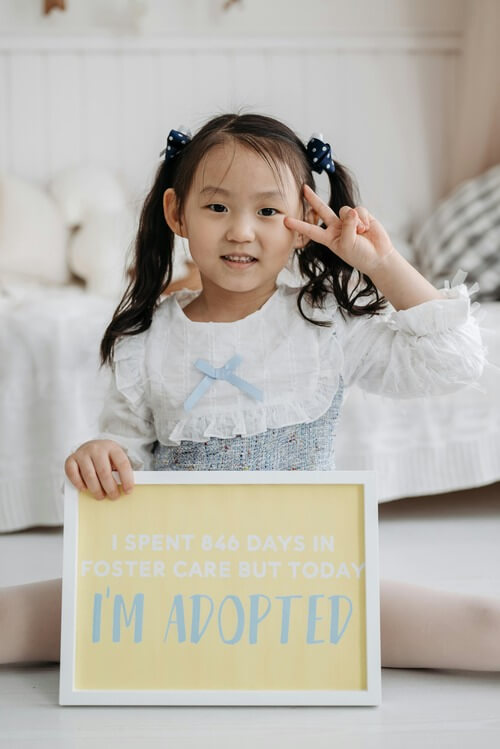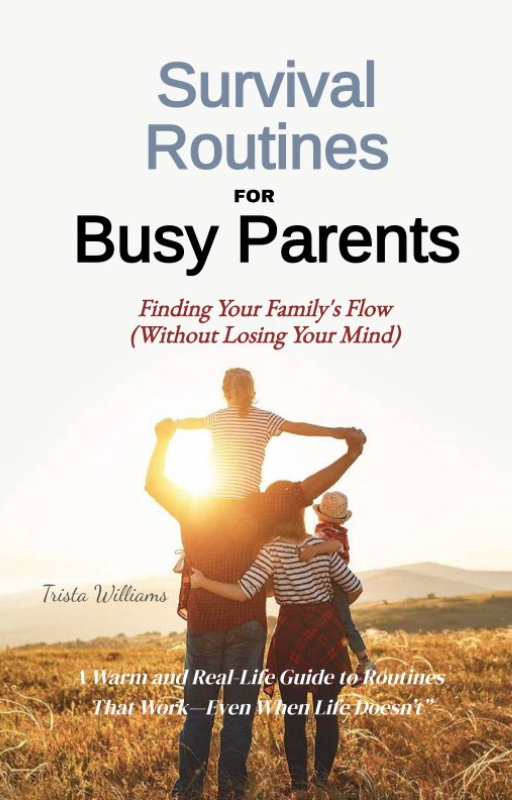Your Foster Care Adoption Guide: A Path to Family, Hope & Love
Adoption is one of the bravest and most beautiful choices a person can make — for both the parents and the child. However, private adoptions are not the only way to adopt a child. Foster care adoption is another way, and that’s how I did it.

This guide breaks down foster care adoption step by step — what it is, how it’s different from private adoption, what to expect, and how you can prepare. You will be able to decide if fostering is even right for you or not by the end of this article.
What Is Foster Care Adoption?
Let’s start with the basics. Foster care adoption means adopting a child from the public foster care system. These children enter foster care when their birth parents are unable to safely care for them — often due to abuse, neglect, or family crisis.
When a child is placed in foster care, the goal is to reunite the child and birth parent. Everyone involved (social worker, foster family) work together to help the birth parents do better and finally reunite with their children.
But sometimes placing them back together isn’t possible. In those cases, the court may terminate the birth parents’ parental rights so the child can be adopted into a new, permanent family.
When that happens, foster parents — or sometimes other approved adoptive families — can step in and provide the safe, stable, forever home that every child deserves.
How Does Foster Care Adoption Work?
Here’s a big-picture look at how the foster care adoption process unfolds:
Step 1: Research & Decide
Every adoption journey starts with curiosity — like yours right now! Learn about your local foster care system. Reach out to your state’s child welfare agency or a licensed adoption agency that works with foster children.
Step 2: Complete Training & Licensing
You’ll go through a training and licensing process. This may include:
- Orientation meetings to learn the basics of fostering and adoption.
- Background checks and fingerprinting.
- Home visits (called a “home study”) to make sure you can provide a safe, loving environment.
- Classes that will specifically get you ready to deal with such challenges as trauma, anxiety, special needs and more.
Step 3: Get Matched
Some families adopt the child they have been fostering — called foster-to-adopt. Others may be matched directly with a waiting child who is already legally free for adoption.
Children available for adoption through foster care range from infants to teens, but many are older children, sibling groups, or kids with special medical or emotional needs.
Step 4: Termination of Parental Rights (TPR)
For adoption to happen, the child must be legally free for adoption. This means a judge has permanently terminated the birth parents’ rights. This step is not taken lightly — courts require clear evidence that going back to their parents are not in the child’s best interests.
👉 You can learn more about this in our guide on termination of parental rights process Or adoption revocation

Step 5: Placement & Supervision
Once matched, the child comes to live with you. There’s usually a supervised period, where social workers check in to make sure everyone’s adjusting well. This can last a few months.
Step 6: Finalize the Adoption
After the supervised period, you’ll attend a court hearing where a judge makes it official. Once finalized, your parental rights are exactly the same as any biological parent’s. You’re a forever family!
How Is Foster Care Adoption Different From Private Adoption?
Cost:
Foster care adoption is typically free or low-cost. Many places cover court fees and legal expenses, and some families receive a small monthly subsidy to help with the child’s needs.
Timing:
It can be unpredictable. The process depends on whether the child is legally free and how long the court process takes.
The Children:
Kids in foster care adoption are often older than infants — but every child deserves a loving home, whether they’re 3 or 13.
Support:
Families usually have access to post-adoption support like counseling or respite care. That’s a big benefit!
Common Questions About Foster Care Adoption
Can I Foster-to-Adopt a Baby?
Sometimes — but it’s not guaranteed. Infants are less common in foster care. Many babies are reunited with their birth parents, which is the primary goal if it’s safe.
Can Birth Parents Take the Child Back?
If the child’s birth parents’ rights have not yet been terminated, yes, it is possible. But once the court terminates those rights and you finalize the adoption, it’s legally permanent.
What if I’m Not Married or Own My Home?
You don’t have to be married, wealthy, or own a house. Many single parents and renters adopt through foster care! What matters most is your ability to provide a stable, loving home.
Benefits of Foster Care Adoption
Change a Child’s Life: You give a child a sense of belonging, love, and stability they may have never had before.
Affordable: Compared to private or international adoption, foster care adoption is usually much more affordable.
Support Systems: Training, resources, and post-adoption services are often available to help you and your child thrive.
Challenges to Be Ready For

Emotional Ups and Downs: Children in foster care often come with trauma or loss. Patience, love, and support are crucial.
Uncertainty: You may foster a child who eventually goes back home to their birth family. While this can be heartbreaking it is often the best outcome for the child.
Time and Patience: The process isn’t always fast. Be prepared for court hearings, waiting, and lots of paperwork.
How to Prepare for Foster Care Adoption
✔️ Learn all you can: Read, attend info sessions, talk to other adoptive families.
✔️ Build your support network: Connect with other foster or adoptive parents.
✔️ Be realistic and compassionate: Love doesn’t erase trauma overnight — but it does make healing possible.
When to Get Legal Help
Foster care adoption involves court orders, paperwork, and strict timelines. It’s wise to consult an experienced family law or adoption attorney to make sure your rights — and your child’s — are protected at every step.
Key Takeaway
Foster care adoption is a path of hope, healing, and huge love. You know it’s not always easy, but it’s worth it, especially when you can help a child.
If you’re ready to learn more, reach out to your local foster agency or a qualified adoption attorney. And check out our guides on what are parental rights and termination of parental rights process to help you feel fully prepared.
This guide is for informational purposes only and does not constitute legal advice. Always consult with a licensed adoption professional for help with your specific situation.






















New! Comments
Have your say about what you just read! Leave me a comment in the box below.